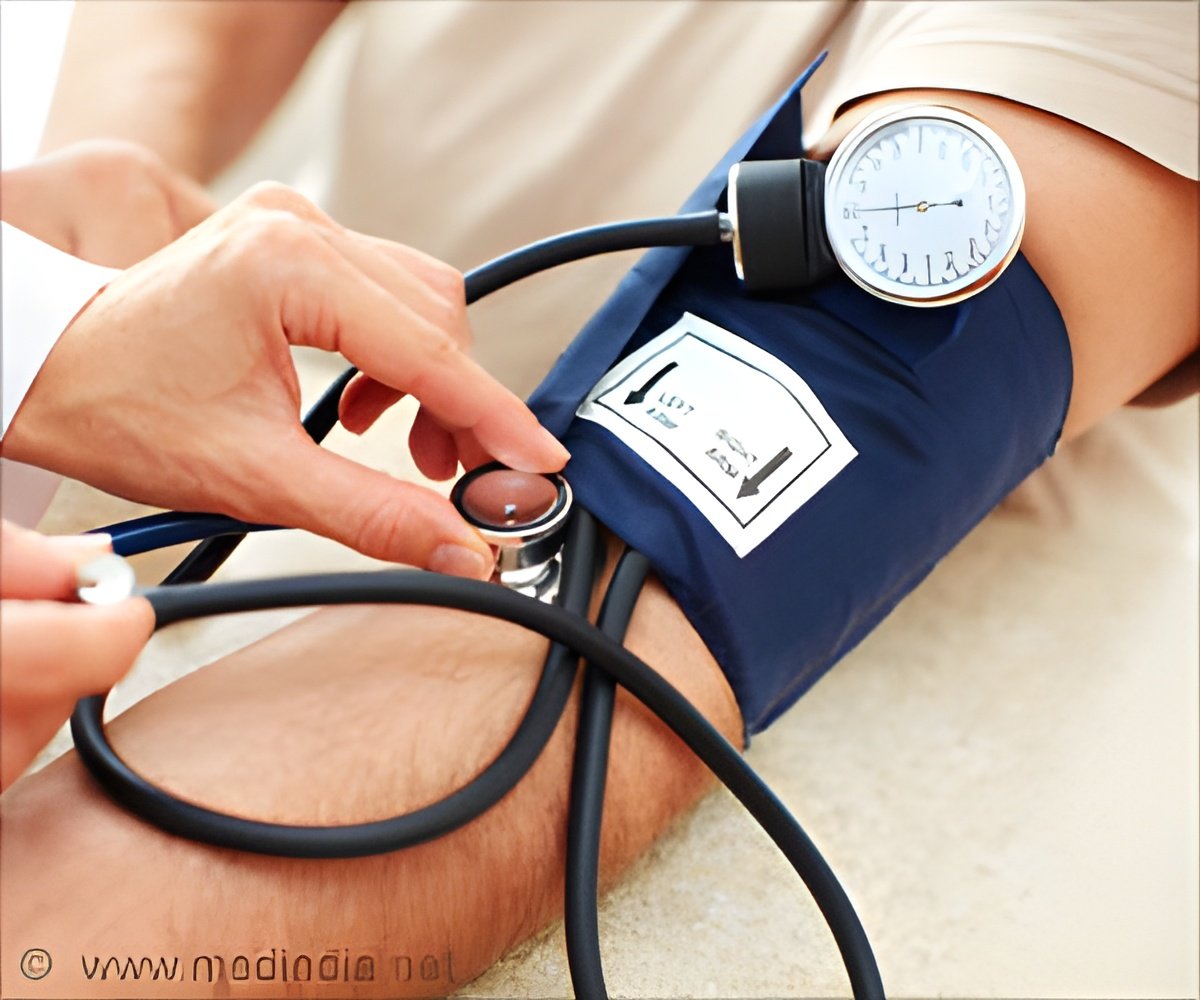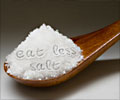
Hispanics with systolic readings of 140-149 had 2.4 times higher risk of stroke. Blacks with systolic readings of 140-149 had double the risk. No such difference was seen in non-Hispanic whites. However, their numbers in the study were too small for firm conclusions to be drawn. Women in the study with a systolic pressure of 140-149 faced nearly twice the risk of stroke, compared with those below the 140 threshold, while men in the 140-149 range had a 34 percent higher risk.
Dong said, "Healthcare providers should heed these findings, because Hispanics and blacks are known to suffer strokes more frequently than whites and raising the threshold for hypertension treatment could have a worse effect on racial-ethnic disparities in stroke risk reduction. Hypertension is the most established and modifiable risk factor for stroke, one of the leading causes of death and disability and reduction in systolic blood pressure below 140 is important in primary stroke prevention, even among those over 60 without diabetes or chronic kidney disease."
Source-Medindia















